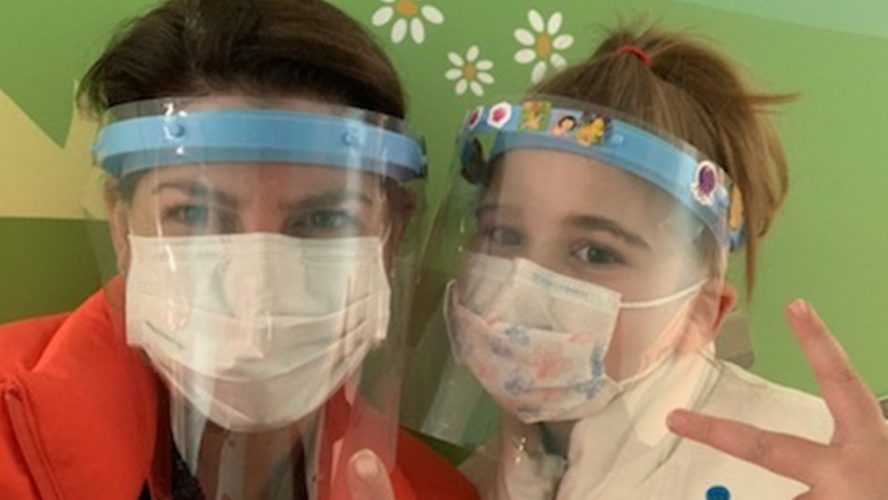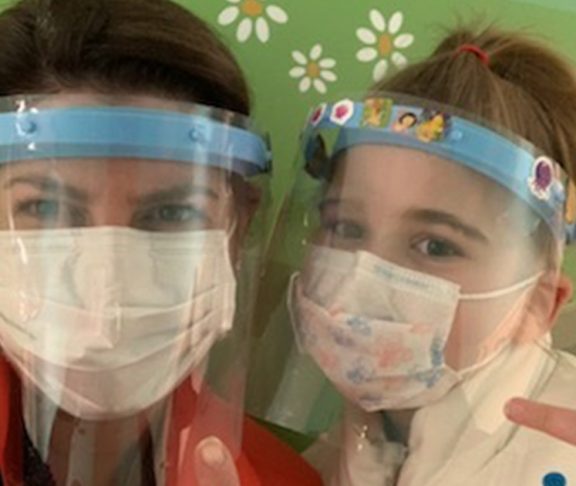When our seemingly healthy daughter was rushed to the hospital with low blood counts in the middle of the night two years ago, we found ourselves tumbling down the rabbit hole for several months searching for a firm diagnosis.
Doctors could clearly identify Hillary’s bone marrow failure as Aplastic Anemia, but determining the cause of the sudden failure was critical to deciding the treatment path which offered the best chance for survival.
Was her rare disorder hereditary, or was it acquired like an auto-immune response? Inherited cases favour a bone marrow transplant to achieve remission (with a sibling-matched donor as a cure), whereas acquired cases tend to favour immunosuppressive therapy to keep the overactive T-cells at bay.
After exhaustive tests returned from all over the world (New Zealand, California, Vancouver) and opinions were compiled and compared from lead Canadian pediatric hematologists in Ottawa, Toronto, and Montreal, Hillary’s case was deemed “idiopathic acquired” — unknown.
Diagnosis can be “a disease of its own”
Over 75% of aplastic anemia cases are deemed idiopathic —arising spontaneously with no known cause. Translating literally into “a disease of its own,” an idiopathic diagnosis is challenging to navigate due to the sheer lack of understanding. This, regrettably, translates further into a lack of resources, research, and community for patients and caregivers.
For yet another unknown reason, aplastic anemia is often accompanied by other overlapping syndromes; in our daughter’s case, a mysterious paroxysmal nocturnal hemoglobinuria clone. Two one-in-a million disorders which don’t primarily affect children.
Now two years post-diagnosis and hanging on to a late partial response to immunosuppressive therapy, Hillary is thriving thanks to a prudent and cautious approach. We’re no longer relying on the outdated research to navigate this rare disorder. We’re contributing to it, changing the outcome for the next person. We say yes to every opportunity to engage with the medical and larger community and share our story as much as possible.
Communication as a source of hope
Part of that contribution includes promoting the diversification of the Canadian stem cell registry. Some call it “raising awareness.” We like to think of it as the passing down of information —much like genetic material —to the next generation, except with tweets instead of DNA. #StartWithHillary isn’t just a hashtag —it’s our daughter’s armour as she fights a life-long battle.
All of our experiences thus far have revolved around one central component —communication. People can’t join the registry unless they know how. Caregivers can’t meet expectations for care unless they’re outlined. Medical advancements can’t benefit the patient unless there’s a flow of digestible communication. And rare disorders — while affecting only the few— cannot be overlooked as we race to save ourselves.
Because, one day, rare might not be so rare. Rare might even surprise us and end up unlocking answers to common conditions that have perplexed us for centuries. Perhaps then, we’ll truly appreciate the hard work and dedication that goes into the research and development of rare, idiopathic disorders in Canada. Our daughter’s life depends on it.


